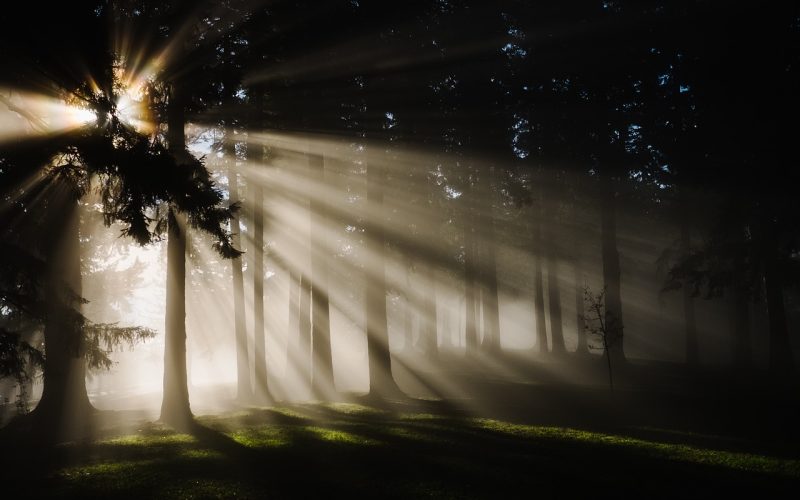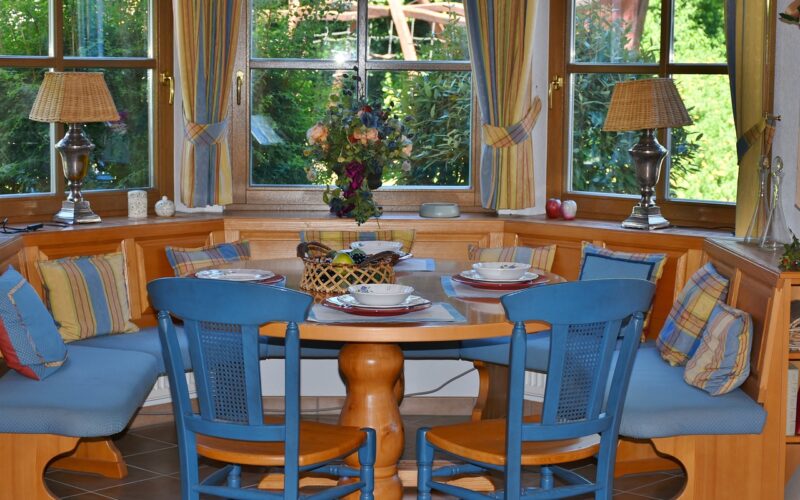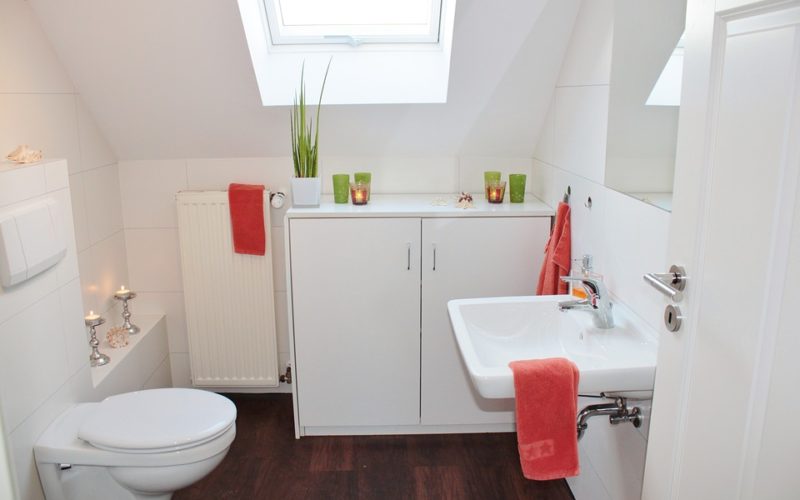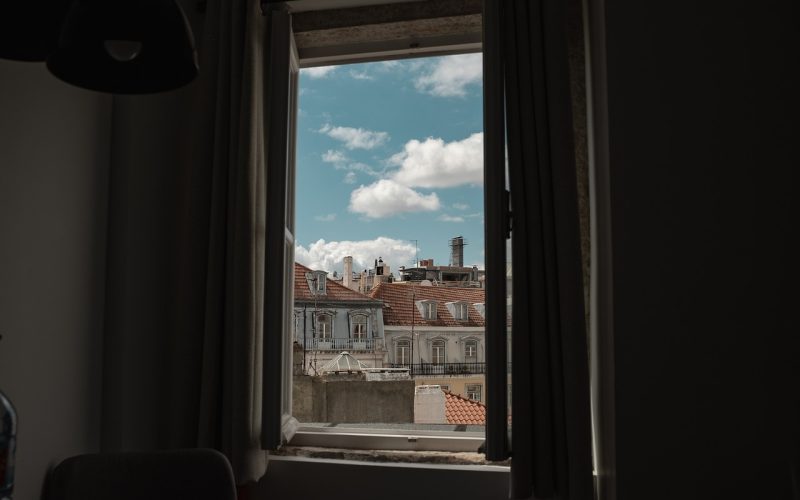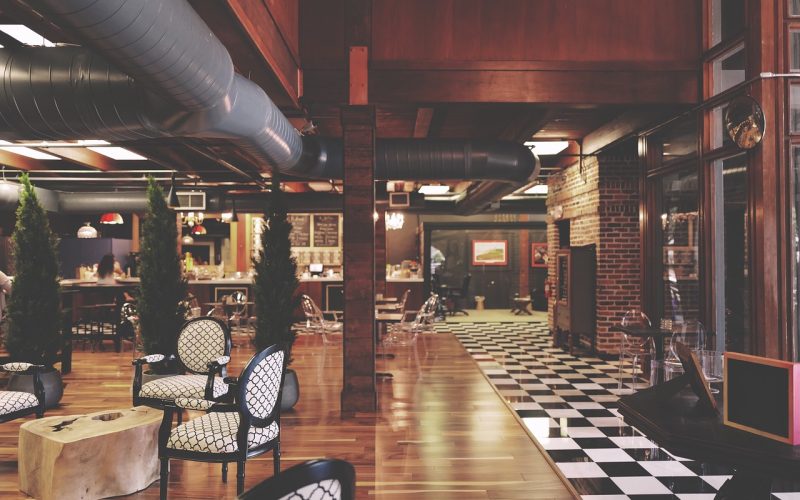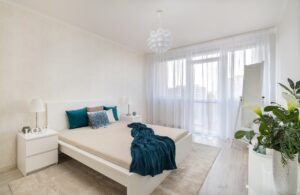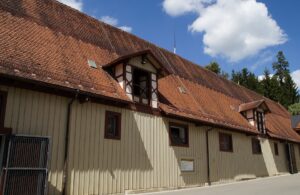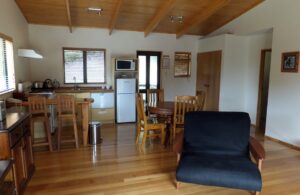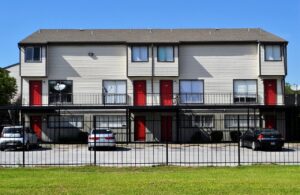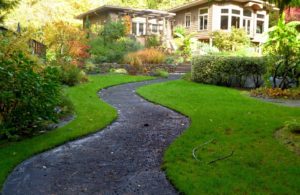Natural light is often hailed as a desirable feature in buildings, contributing to energy savings, aesthetic appeal, and occupant well-being. However, there is a lesser-known side to this story. While sunlight can illuminate and enhance spaces, too much natural light can lead to a range of issues that impact both the functionality and comfort of a building.
Overheating of interior spaces
One major downside of having excessive natural light is the potential for overheating within a building. Large windows or skylights allow significant amounts of sunlight to pour in, raising indoor temperatures. This is particularly problematic during summer months or in regions with consistently high temperatures. Buildings may become uncomfortably warm, necessitating increased use of air conditioning systems, which in turn leads to higher energy consumption and electricity bills.
Increased electricity costs in winter
Conversely, during winter, an overabundance of windows can lead to increased electricity bills. This might seem counterintuitive since natural light should reduce reliance on artificial lighting. However, large windowed areas can contribute to heat loss, making it more difficult to maintain a comfortable indoor temperature. To compensate for this heat loss, heating systems need to work harder, thus driving up utility costs. Buildings must strike a balance between harnessing natural light and conserving heat to ensure energy efficiency throughout the year.
Fading of furniture and interior decor
Another often overlooked consequence of excess natural light is the premature fading of furniture and interior decor. Ultraviolet (UV) rays from sunlight can have detrimental effects on fabrics, wood finishes, and other materials. Over time, this constant exposure can cause vibrant colours to fade and wood surfaces to lose their lustre. Homeowners and businesses may face the expense of replacing or refurbishing damaged items more frequently than anticipated.
Bleaching of paint colours and artwork
Similar to the fading of furniture, paint colours and artwork are susceptible to bleaching when exposed to too much natural light. Vibrant wall colours can lose their intensity, and valuable art pieces can suffer irreversible damage. This not only diminishes the visual appeal of interiors but also depreciates the value of artwork and investments made in decorative elements. Implementing protective measures, such as UV-blocking window films or curtains, can help mitigate these effects.
Uncomfortable glare
Excessive natural light can also create uncomfortable glare, which can be particularly problematic in spaces where tasks requiring visual focus are performed. Office environments, for instance, may experience glare on computer screens, reducing productivity and causing eye strain for employees. In residential settings, glare can make it difficult to enjoy leisure activities, such as watching television or reading. Effective window treatments, such as blinds or shades, can help control the amount of light entering a space and minimise glare-related discomfort.
Striking the right balance
While natural light is undeniably a valuable asset in building design, it is crucial to strike the right balance. Architects and designers can incorporate design features that maximise daylight while mitigating its negative impacts. Strategic placement of windows, use of shading devices, and selection of appropriate glazing materials are all effective methods to balance natural light and its potential downsides. Additionally, technological solutions, such as smart window systems, can dynamically adjust light exposure based on the time of day or weather conditions.
While natural light offers numerous benefits, it is essential to be mindful of its potential downsides. Overheating, increased electricity bills, fading of interior elements, and uncomfortable glare are all challenges that can arise from excessive sunlight. By considering these factors during the design and construction phases, buildings can optimise the advantages of natural light while minimising its drawbacks, ensuring both comfort and energy efficiency.
